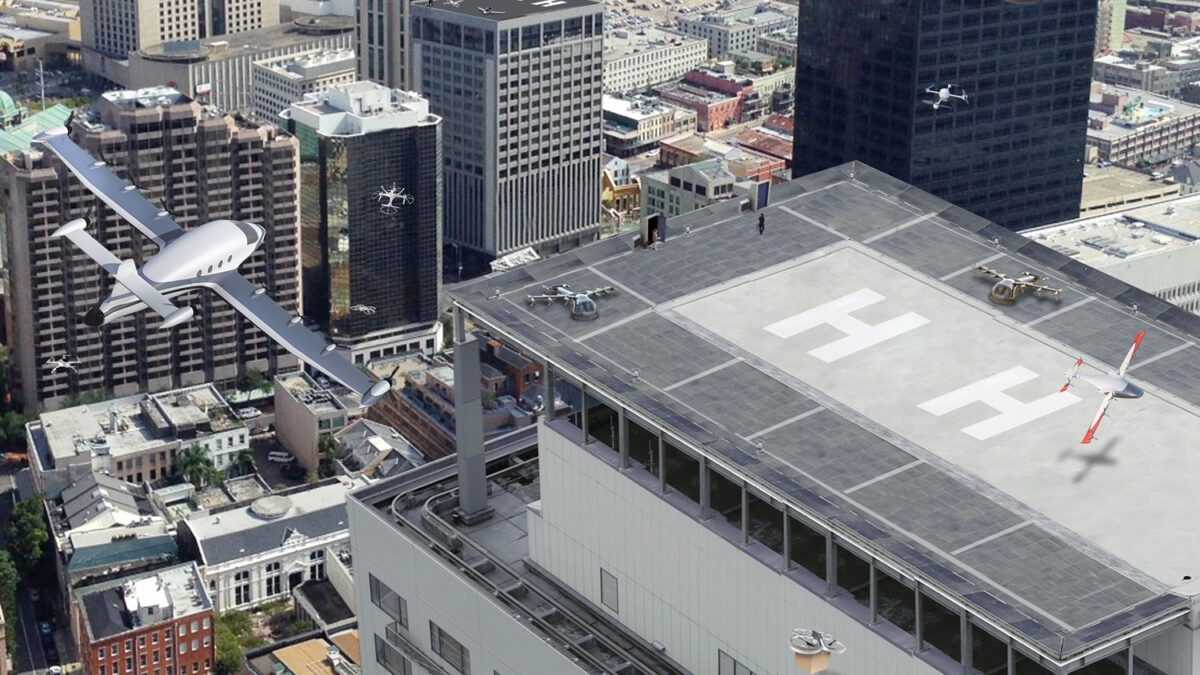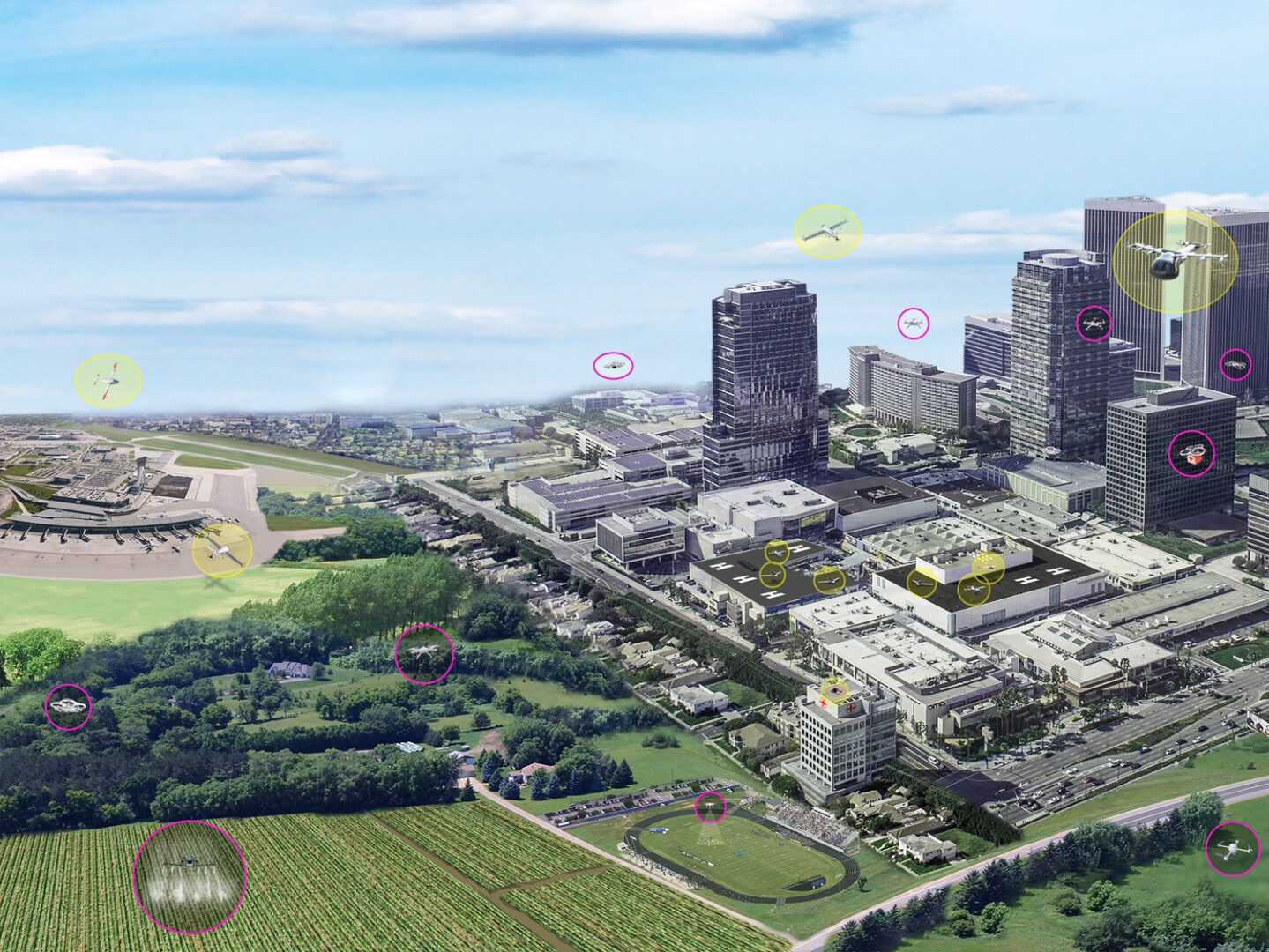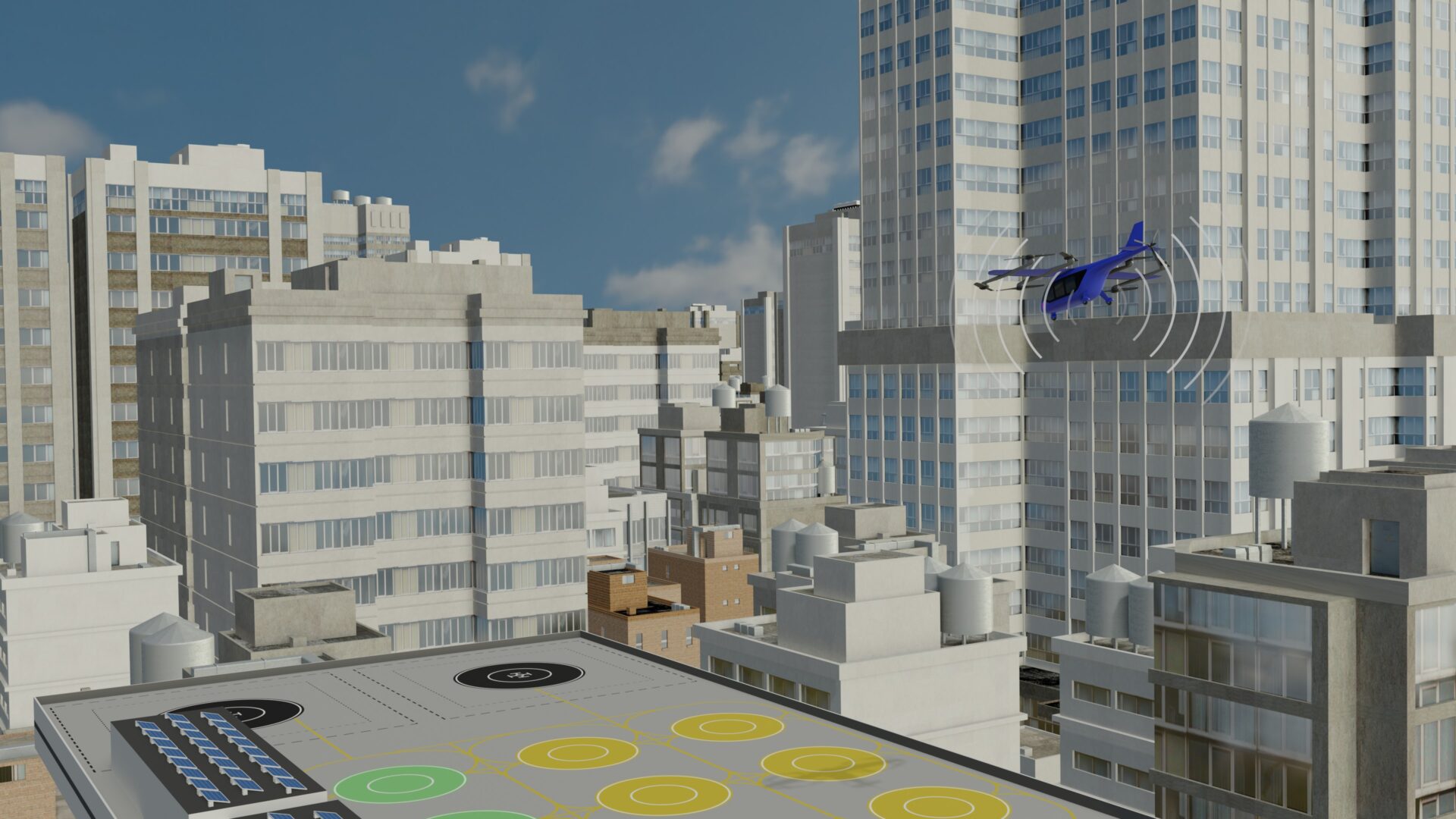Πηγαίνουμε ολοταχώς για την επόμενη ημέρα της αεροκίνησης. Και η ιδέα της NASA, το όραμα της για το επονομαζόμενο Advanced Air Mobility, ή αλλίως AAM, είναι πολύ…
…σημαντική. Πως θα δημιουργηθεί ένα “safe, accessible, and affordable new air transportation system”; Για τις ΗΠΑ είναι σημαντική και η έγκριση από την FAA φυσικά. Τι παίζει σημαντικό ρόλο για το AAM; Μα ο θόρυβος! Και στο συγκεκριμένο επεισόδιο της NASA για το Advanced Air Mobility Playbook υπάρχει η επεξήγηση για την τεχνολογία του Revolutionary Vertical Lift Technology project.
Η κα.Susan Gorton εξηγεί.
Είτε για drones, είτε για air taxi, είτε για cargo παραδόσεις ο παράγοντας θόρυβο είναι κρίσιμος.
Αναλυτικά:
“NASA’s Advanced Air Mobility mission is developing design tools that manufacturers can use to reduce noise impacts. The Advanced Air Mobility (AAM) project and Revolutionary Vertical Lift Technology project work together to conduct testing with industry partners. The data NASA collects and analyzes from these tests with electric vertical take-off and landing aircraft (eVTOLs) will ensure that the agency’s aircraft design tools correctly predict noise levels for these types of vehicles. With tools that predict noise correctly, manufacturers can design vehicles for quiet operation in urban and rural areas.
The data will also help define and optimize AAM routes and low-noise flight paths for community needs and assist the Federal Aviation Administration (FAA) in creating policy. Lessons learned through these tests will inform the FAA’s ongoing work with operations and airspace integration.
The AAM mission includes multiple projects working on different elements that will help make AAM a reality. This includes work on automation, noise, vertiport and vehicle design, and airspace design to keep everyone safe while flying in the skies together. Government agencies, industry, and the public, will need to combine their efforts to build new highways in the sky.
NASA’s vision is to map out a safe, accessible, and affordable new air transportation system alongside industry partners, community partners, and the Federal Aviation Administration. Once developed, passengers and cargo will travel on-demand in innovative, automated aircraft across town, between neighboring cities, or to other locations typically accessed today by car.”
Related posts
Categories
- android World
- cinemart / music / video
- comicmania / books
- computing / social media
- consumer electronics
- design / architecture
- ecotech / electric
- exhibitions
- faq / Infographics
- futuristas / iDea
- gadgetfreak taste
- gadgets / stuff
- gaming / fun
- iOS World
- legends / special
- men's world
- military / aviation
- mobile / smartphones
- space talk
- tablets / multimedia
- tech talk / science
- transport / concept





